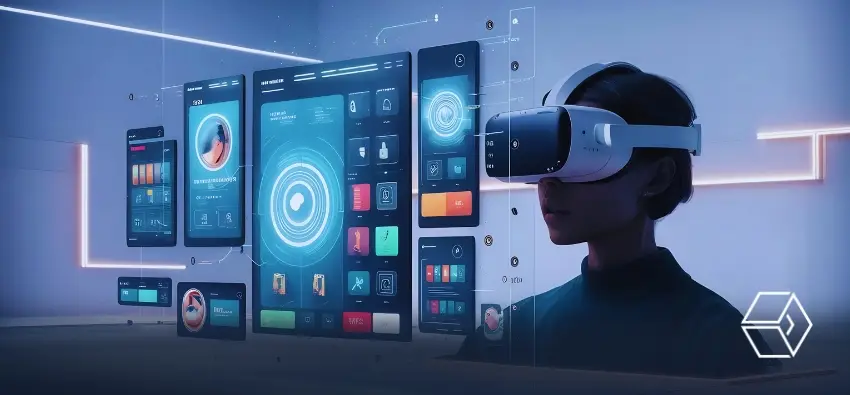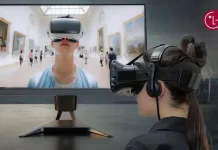
Artificial Intelligence, popularly identified as AI, is transforming workplaces. It boosts three crucial tools: training simulations, AI assistants, and data tracking. Virtual workplaces are, therefore, getting a fresh look, and instead of kicking people out of their jobs, AI is looking to contribute to the workforce in multiple ways.
For starters, the 3D internet instills a sense of life in the virtual workplace. Many experts have placed their faith in the technology, and giants like Google, Microsoft, and Meta are exploring it further. New tools are triggering simulations of co-presence to boost collaboration. Employees working from home often miss a chance to work with their colleagues. AI tools are now changing those dynamics. It is further expected to enhance morale, engagement, and team culture.
Interestingly, these have been quoted as reasons for calling employees back to the office. AI is now aiming to mitigate those reasons and reinstate work-from-home operations.
Metaverse would add the design of audio and visuals to deliver a sense of collective experiences. Physical venues have whiteboards, sticky notes, and large screens displaying agendas, work methods, and other pointers. The 3D virtual collaboration is bringing all of it to life. For instance, it largely helps architects see what the other person is visualizing and how the design finally works out for the client.
That said, even the client can participate to better understand the project’s mechanics.
Metaverse, with its new tools, is bringing the company culture back on the table. People connect socially in a professional environment. Thereby working better with someone they know. Other factors include team-building exercises and personal interaction. It carries forward the legacy of learning via training models and skills training. An interactive gameplay and simulations can boost all of it to ensure that the workforce is ready to take on a live project.
Since this happens in a digital sphere, it drastically reduces the safety issue. Plus, it saves a lot on infrastructure expenses. This does not necessarily pertain to the workspace but also the portion of the infrastructure that otherwise has to be constructed specifically for training purposes.
New tools bring workers back to the metaverse; however, prevailing challenges are not going unnoticed. There is an element of metaverse fatigue—a primary reason why some workers drop out of the system. Next, it triggers diminished diversity and inclusiveness. Only those with appropriate hardware and software configurations can speak here, while others take a back seat.
New tools in the metaverse also suffer a drawback of complications while integrating AR and VR into the workflow.
All in all, workers are heading back to the metaverse, and new tools are helping them to do so. The industry may still want to look at the challenges across the segment to save themselves from hefty losses in the future.












